In part 1 of this series, we looked at how trivial it is to destroy these fighters that can’t takeoff and land on rough terrain. In part 2 we took a look at destroying aircraft carriers, and I explained the limitations of satellites, over the horizon cruise missiles, and the aircraft carriers themselves. In part 3 we looked at the absurdly copious amount of fuel that these planes consume per hour, partly due to the necessary engine design, partly due to their unnecessary blimped up size. In part 4 I did a detour, looking at the performance of ICBM’s with a critical eye, before concluding that it doesn’t even matter since a WW2-era massed attack with dumb bombs, even with conventional warheads, will do the trick just fine. In part 5 I shot down the latest bullshit fad, unmanned aircraft, and in part 6 I looked at the atrocious performance of missile defense systems in the real world.
But we’re back to fighter planes again, specifically how atrocious their “close air support,” performance is. Or perhaps I should say how utterly non-existent.

Dassault Rafale, 11G capable.
Above we see the French Rafale. It may well be the most maneuverable jet fighter in the world, although we’ll get to what maneuverability actually means in a second. Below we see the Zenith 701.

Zenith CH-701 STOL
Quick, which plane is more maneuverable? And just so you know, the Rafale has the structural strength to pull 11 Gs, while the Zenith CH-701 – and other STOL planes such as the Piper Cub which we’ll get to later – has the structural strength only to pull about 4.5 Gs. So the Rafale is way more maneuverable, right?

The real answer is:
Maneuverability as a single variable is a nonsensical term as applied to planes.

The Zenith STOL CH-701 mentioned above, has a stall speed of 48 kmph. The stall speed is the minimum speed at which the airplane must fly to stay aloft. In other words, this is the speed at which the planes wings are generating its own weight in lift. Said another way, this is the speed at which the plane can aerodynamically create 1G of lift.

As the plane moves through the air, the lift that is generated by the wings, for the same angle of attack, is proportional to the square in increased velocity. If the CH-701, a plane designed for ultra low speed flight, can generate 1G of lift at 48 kmph, let’s say 50 kmph, then at 100 kmph it can generate 4G of lift. At 200 kmph, it would be aerodynamically capable of generating 16G of lift. Being a very high drag plane, it can’t fly that fast, except perhaps in a dive, nor would it have the structural strength to actually pull such hard turns.
The takeoff speed of the Zenith STOL 701 is, with flaps down and a normal weight configuration, less than 50kmph. The Piper Cherokee that I used to fly takes off around 105 kmph without flaps, or around 90 kmph with flaps down.
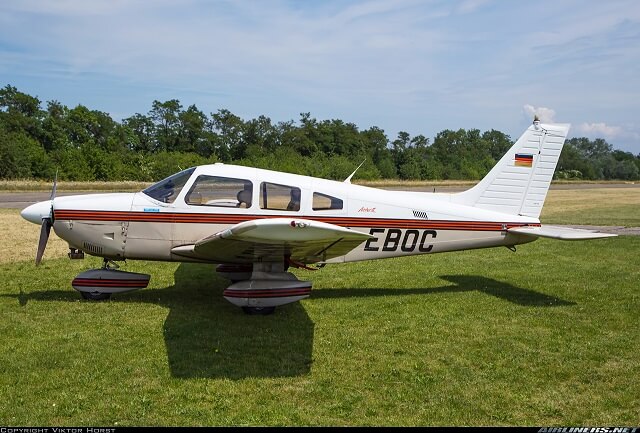
PA-28, Piper Cherokee
In contrast, fighter planes don’t even takeoff before well over 200 kmph, flaps down or otherwise. And that’s clean. Throw some heavy bombs on there, or even just wingtip missiles and some drop tanks and you can up the speed even more.
This video is of the F-16’s practicing being scrambled for interception, which is why they’re using their afterburners to takeoff, and also why they only have two droptanks and wingtip missiles. Load them up with some AIM-120’s, and it’ll have to move even faster to generate 1G of lift, with slower ground acceleration and a longer takeoff roll.
As a brief INB4, yes, some planes, like these Australian F-18’s, can, with barely any fuel in them and a perfectly clean configuration, temporarily fly at extremely low speeds, relying on the thrust to keep them upright, with the wings generating much less than 1G. This is a complete non-sequitur for our purposes, since they are “flying,” in the same way that the Saturn V rocket “flew.” And even then, they can’t actually do this indefinitely, nor do they have any real maneuverability in such a configuration. It’s purely an airshow trick.

At enormous fuel consumption, and sacrificing all maneuverability, and with an unrealistically clean configuration with barely any fuel in the tanks, they can technically fly at speeds below their takeoff speeds for a little while. Since there are nitpicking pedants out there I have to bring this up, but it doesn’t actually mean anything. It has no real world relevance.

The conformal fuel tanks and extra weight they bring doesn’t help.
The F-16 is somewhat infamous for having not nearly enough wing for its weight. The long and short of it is that the parasitical USAF bureaucracy keeps drastically increasing its weight, so that they could make profit off of the plane in various ways, but the end result is a plane that has way too little wing, and way too little fuel. With a wing area of about 28 m^2, and a maximum takeoff weight of around 19,000 kg, we’re looking at a wing loading of an absurd 678 kg/m^2. Even if we drop that all the way down to 12,000 kg, which is less than the weight of the plane with full fuel in a perfectly clean configuration, we’re looking at 452 kg/m^2. In contrast, the Zenith STOL CH-701 has a wing loading of about 33 kg/m^2.
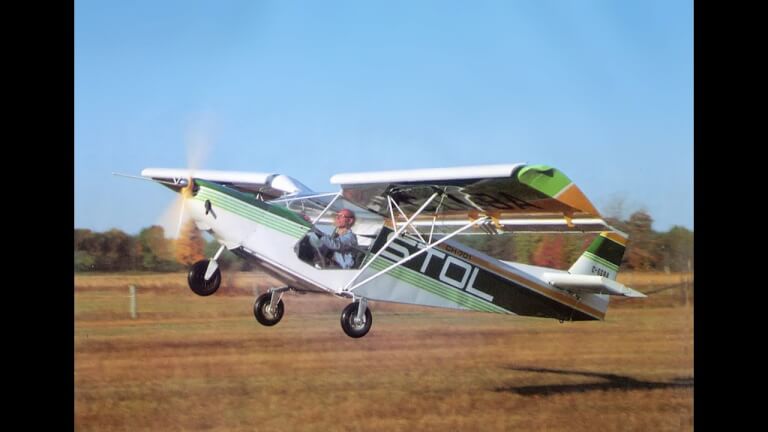
Relative to the weight configurations of both planes, the Zenith 701 has about 10-20x the amount of wing. And not all wings are created equally. At subsonic speeds, the thick, high camber design of the Zenith 701 produces lift more efficiently than the razor thin nearly flat plates of the fighter jets, which are designed for supersonic performance.
If you want to educate yourself on wing camber and airfoils, this is a decent video to get your started, although airfoil design is much more complicated than what you can learn in just this video.
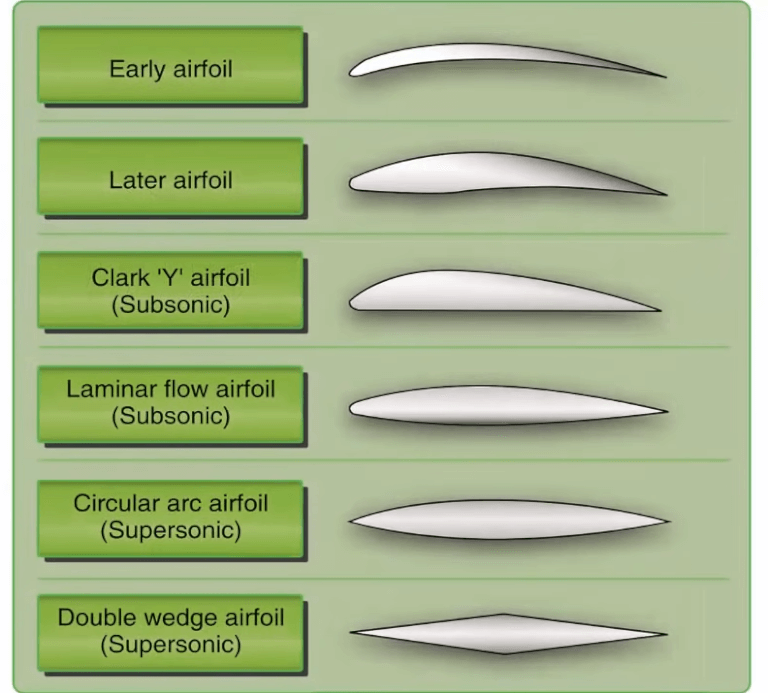
Many thousands of airfoils have been tested in wind tunnels and in actual flight, but no one airfoil has been found which satisfies every flight requirement. The weight, speed, and purpose of each aircraft dictate the shape of its airfoil.
Fighter planes have those very flat double wedge symmetric airfoils, because they can’t take advantage of something that subsonic airfoils can, which is that the low pressure air on the top of the wings sucks air up over the top of the wing, with this process starting ahead of the wing. Maximizing the flow of the air to produce lift is therefore different for these airfoils. At supersonic speed the air can’t get sucked backwards, since the air molecules can’t affect the ones in front of the wing, since that effect happens at the speed of sound.
Airfoil design is quite interesting, and the actual performance of any given wing design is impossible to understand simply from taking a glance, or even looking at it with CFD software, used to simulate airflow.
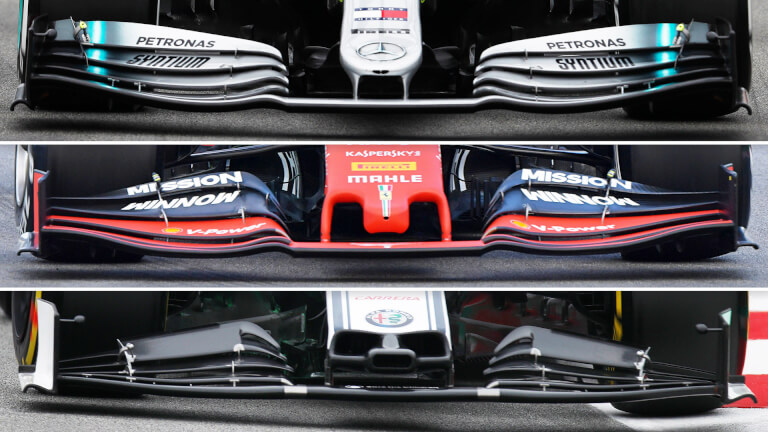
Complicated F1 car front wings.
Actual wing design is complicated, and not purely about maximizing lift while minimizing drag, even for some given speed and altitude. A given wing will be a compromise between structural strength, parasitical drag minimization, lift creation, supersonic/subsonic performance, and many other considerations such as how much fuel we can store in the plane, or what the maximum wingspan can be to fit in a certain location.
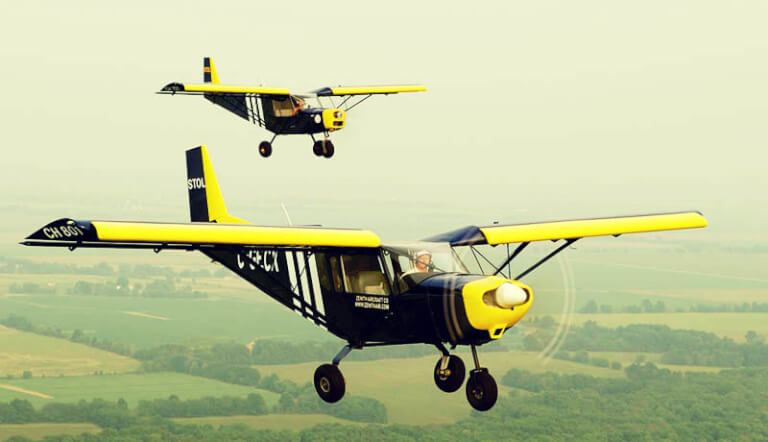
But you don’t really need to understand that. All you need to know is that these short takeoff and landing (STOL) planes are designed with an order of magnitude, or greater, more wing relative to their weight. Additionally, these wings generate lift more efficiently at the expense of increased drag and terrible supersonic performance, which they don’t care about. This is why you’ll see something like the CH-701 taking off at 50 kmph, while the fighters takeoff at 250 kmph, a five times greater increase in speed.

If you’re wondering why they can only takeoff at about 1/5th the speed, when I just finished saying that they have an order of magnitude more wing/weight, and more efficient subsonic lift production, it’s because lift generation is proportional to the square in increased velocity. As I stated earlier in this piece, as a plane doubles its speed, it quadruples the lift generated from any given angle of attack. In reality, something like the CH-701 has a 25 times greater lift/speed ratio than something like an F-16.

I really can’t stress this enough. The CH-701, and many STOL planes like it, max out around 150 kmph cruising speed. In fact the 701 has a max speed of 137 kmph, and according to many who own them, it’s not even that fast. In contrast, these fighter planes can’t even fly up until around 250 kmph.

Aviat Husky, 85 kmph stall speed with flaps down.
The Zenith CH-701 is an extreme example, probably being the plane most designed for STOL and low-speed performance in the entire world, at least that I know of. However, it’s still trivially easy to design a small civilian plane with a massively higher lift/speed ratio than any fighter plane. In fact, it’s almost impossible not to.
Take the Aviat Husky, pictured above. It produces 1G of lift with the flaps down at about 85 kmph. Let’s say that’s 100 kmph with the flaps up. That’s still 1/2.5th the speed for a typical fighter plane. Were the Husky to fly at 250 kmph, it would be able to aerodynamically pull about 6.25G. It doesn’t have the structural strength to do so, and it tops out at around 230 kmph.

The same is true for the Piper Cherokee I used to fly. Takes off around 100 kmph without flaps, and tops out around 200 kmph. The maneuverability of these straight winged, small civilian planes isn’t just better than any fighter plane for the speeds they actually fly, it is infinitely better. The Piper Cherokee is not like “3 times more maneuverable” than the F-22, or any other jet fighter, at 200 kmph, it is infinitely more maneuverable, because the F-22 can’t even fly at those speeds.

F-22. Designed for precision strikes against the taxpayer.
The low speed performance of jet fighters isn’t just bad, it is non-existant. If you need a plane to putter around the skies at 100-200 kmph, these planes are entirely incapable of doing that. However, the medium speed performance is also atrocious.
The F-22, pictured above, has a wing area of about 78 m^2. It has a max takeoff weight of 38k kgs, and a weight with nothing but max internal fuel of 29.4k kgs. That gives it a wing loading of somewhere between 487 kg/m^2 and 377 kg/m^2. Even if the plane had no fuel inside it, it would still have a wing loading of 252 kg/m^2, and be coasting, since it doesn’t have any fuel to power the engine. Beyond that, that airfoil is less effective at generating lift than the subsonic airfoils of these prop planes.
Let’s assume that our standard fighter plane, with a reasonable non-airshow configuration, can generate 1G of lift without using flaps and slats at 250 kmph, assuming we’re at sea level. At double the speed, or 500 kmph, we would expect to only be able to pull about 4G of lift. We would need to go all the way up to 750 kmph, at sea level, before we can finally pull the actual 9G of lift required to be limited by the structural strength of the airframe.
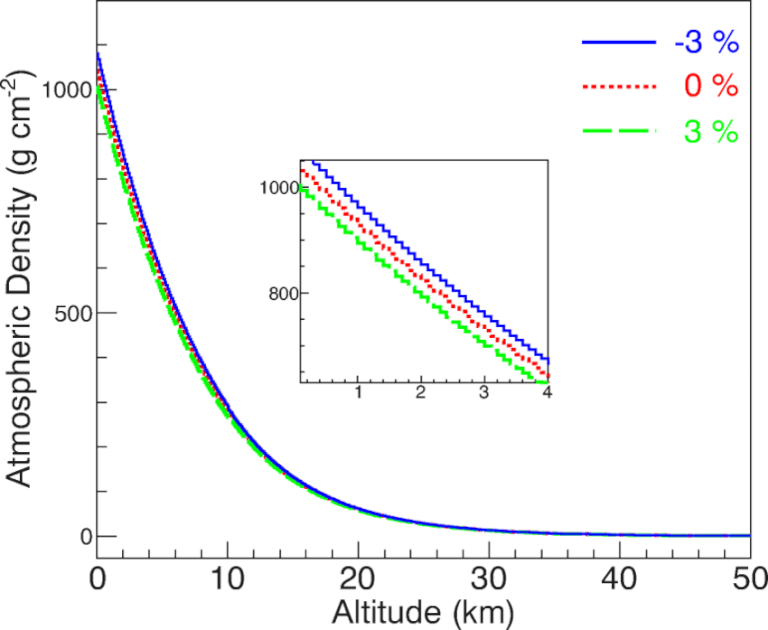
Except that’s just for sea level. The higher we fly, the less dense the atmosphere. If we are flying through air that is 1/4 as dense, we need to fly twice as fast to produce the same amount of lift, with the same angle of attack.
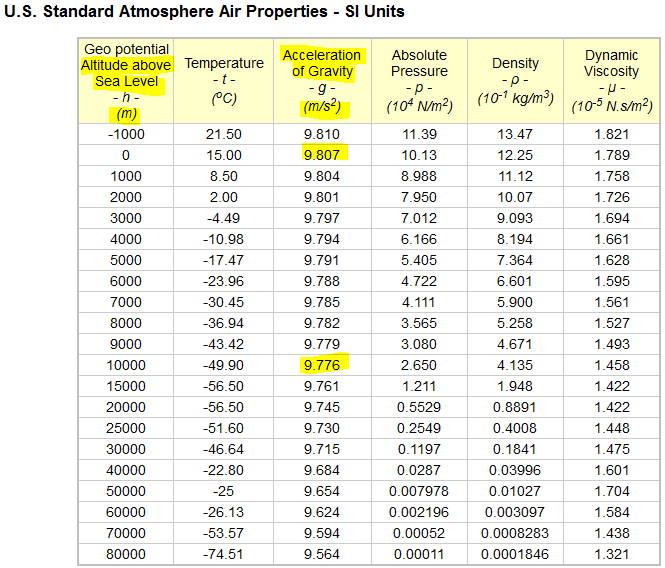
The exact density of the air depends on the temperature, and probably many other small factors, but as a general rule, at around 5,500 meters, or about 18,000 ft, the density is half of that at sea level. At about 11,000 meters, or about 36,000 ft, the density is just 1/4. At the max effective altitude of these jets, not saying they actually fly at those altitudes, but of just over 60,000 ft, or a bit less than 20,000 meters, we’re looking at something like 1/13th the atmospheric density.
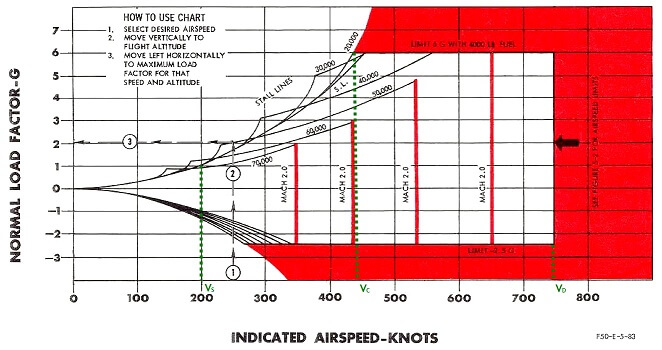
Notice how much less turning ability there is at altitude. Shame sea level isn’t included in this diagram.
Pop up your jet fighter to ~35,000 ft altitude, and you need to double the speed once again if you want to be able to pull 9G turns. That would push our poor little jet fighter to a speed of… 1,500 kmph, or about M1.2 just in order to generate 9G of lift.

Fighter planes are not designed to simply push a button and turn at 9Gs with no induced drag for however long the pilot wishes at any altitude and speed. They are designed to be able to fly really fast, and at those high speeds and only at those high speeds do they have the ability to finally generate enough lift to actually pull the Gs needed to stress the airframe to the point that they are limited by their structural strength as opposed to their aerodynamic inability to generate enough lift. Even then, the induced drag they produce is enormous, due to the high angle of attack needed, but we’ll get to that in the next piece.
Fighter planes have terrible turn rates, which is a measurement of how fast they can change their (velocity, not nose) heading, as measured in degrees per second. They have utterly atrocious turn radii and circumference, which measures how large of a turn they must do in terms of ground covered, as measured in feet. And, as mentioned earlier, even in terms of Gs they can’t even pull hard Gs until they start flying at speeds well in excess of half the speed of sound, and you can double that at 36,000 feet.
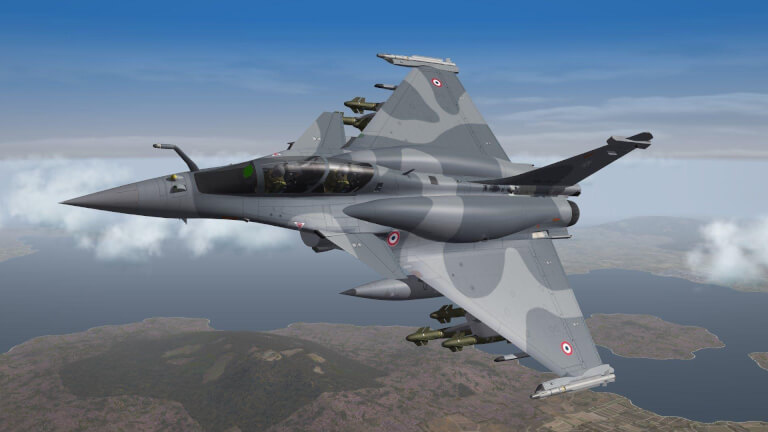
The aerodynamic benefits of fighter planes simply do not exist at low speeds, or even medium speeds up to well over 500 kmph, or even faster. They are not maneuverable beneath those speeds even measuring purely in Gs. These design limitations are fine. They do not necessarily make the planes bad, in some sort of abstract measurement of goodness. Having extremely low lift/speed ratios is something they share with passenger airliners.
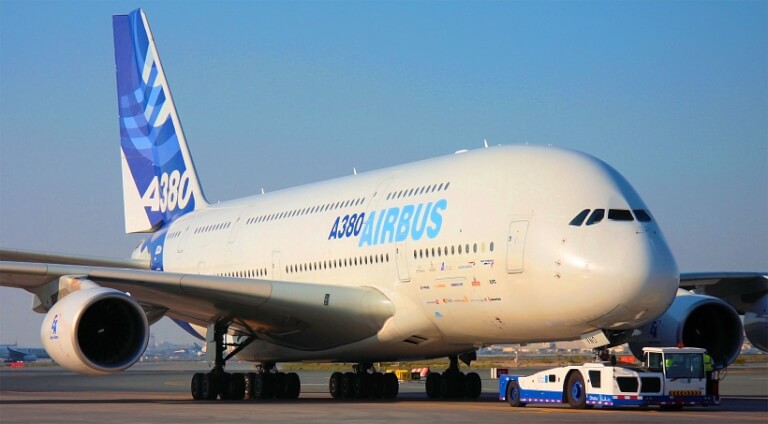
The Airbus A380 needs to fly almost 300 kmph to takeoff, with flaps down and slats out. This is fine because it is designed to takeoff and land from pristine, perfectly flat 12,000 ft runways. They need the minimal amount of wing in order to takeoff and land at reasonable speeds, climb at reasonable rates, and generate 1G of lift at about 900+kmph and 35,000 ft altitude so as to minimize induced drag. Passenger airliners have very low lift/speed ratios, but they’re not bad. In fact, you could say that they have the perfect lift/speed ratios, since if they made the planes lighter, they could hold less passengers, or if they gave it more wing, that would be more parasitical drag in cruise.
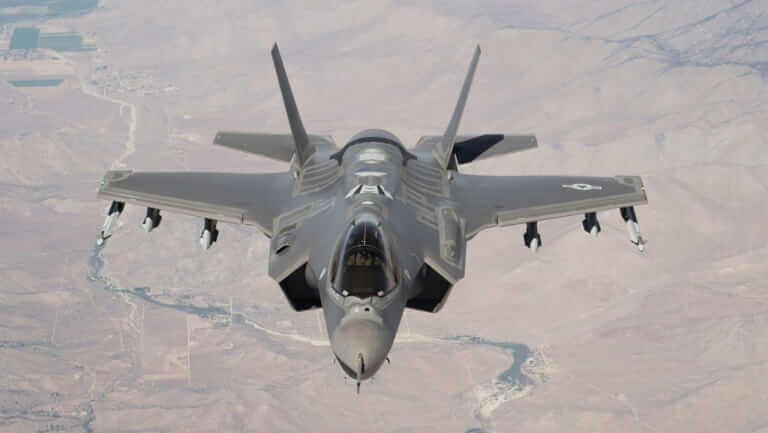
B-35
Modern jet fighters have utterly atrocious lift/speed ratios because they are overweight, and given stubby little wings to (barely) improve cruise speeds because that’s an easy number for these parasites to sell to people. You give the plane the structural strength to handle 9G turns, even though it actually turns like the fucking titanic, and then you do everything possible to make the plane go fast, like giving it tiny little wings that produce very little lift. Then you tell your shill politicians who are in your pocket that the plane is “very maneuverable because it’s 9G capable,” exploiting the general public’s ignorance of actual airplane performance. The B-35 Flying Slug, picture above, is the best exemplar of this.
Having said that, we’re not talking going from the utterly ludicrous >600 kg/m^2 wing loading of the B-35 LARPster to something like the ~30 kg/m^2 wing loading of the CH-701. Nor are we stripping off the supersonic airfoils and giving these planes high drag subsonic wings. That would utterly cripple them. In order to obtain the high speeds they need to fly at, with the structural strength they need, they simply cannot be given the lift/speed ratios of these STOL planes.
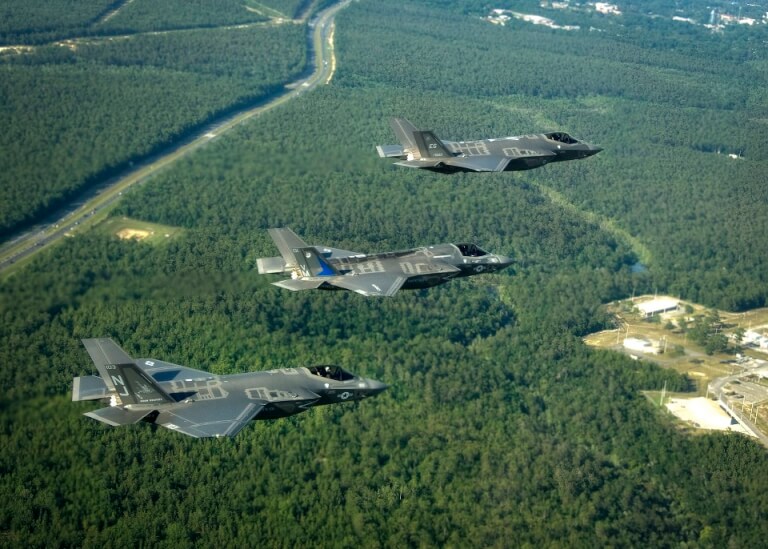
Pregnant whales spotted flying in North-Eastern Oregon.
Despite their non-existent low speed performance, they are sold to the general public as being “multirole,” fighters, capable of fighting, bombing, and close air support. Perhaps we’re selling them short. Maybe next Lockheed Martin could put a second seat back there, and put a backpack full of stuff. So now it’s a cargo plane as well. There you go, four roles. And they are about as good of cargo planes as they are at doing close air support.

B-35. Fighter, Bomber, CAS, and Cargo Plane all in one. Attach a snorkel and it’s a submarine.
The ground forces want Armed Air Recon (AAR), and Close Air Support (CAS). While the B-35 is a somewhat unique piece of garbage, no fighter plane, even the best one ever made, could possibly do CAS or AAR. Even if we imagined a sleek, nimble fighter with a good lift/speed ratio (for a fighter), we’re still looking at a plane that flubs its way through the skies at speeds of less than 4-500 kmph. What we want out of an AAR or CAS plane is something that can fly low to the ground, and extremely slowly, so as to make out the things on the ground that we need our pilots to find, like camoflauged troops.

Above is the view that you get from 100 feet altitude. In fact you get a better view, since your eyeballs have a better FOV than this camera combined with depth perception, and you can crank your neck and look all around you. Imagine this, but all around you, and that’s the view you get from a low altitude AAR plane that’s simply puttering about in the air.

And this is the view from a passenger airliner, at about 30,000 feet up. You may notice that you can’t see anything. Or rather, you can’t make out anything. I am only vaguely aware that I appear to be looking at a city of some sorts, maybe, I think. It could also be a mud bay with some different coloured muds. Like I said, I can’t even tell what I’m looking at here.

And that assumes that there aren’t any clouds in the way.

Or general atmospheric haze that makes it impossible to find anything of interest.

Quick, find the camoflaged troops who are hiding in the ground somewhere. Find the tanks hiding under camoflage nets, or even not hiding at all. Make out where our troops are, the enemy troops, the civilians, etcetera.
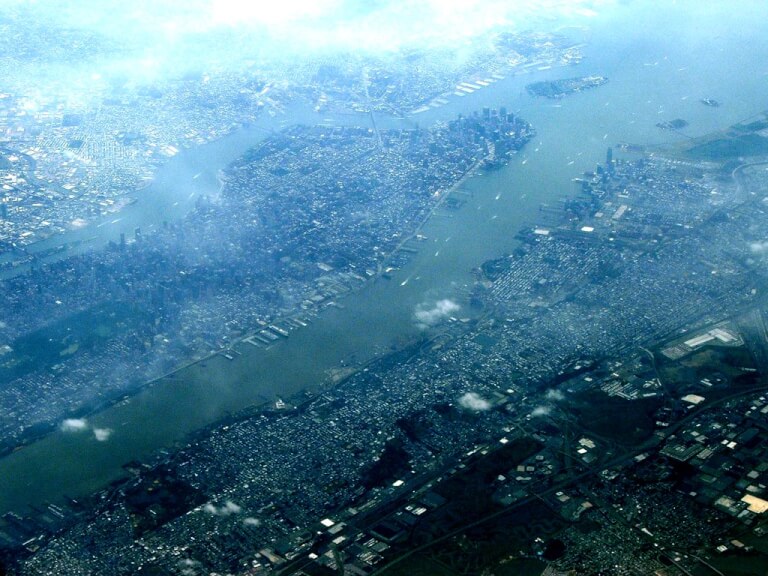
There are some things that simply need to be done at low altitude. Finding things on the ground, with the exception of aircraft carriers on the open ocean, or maybe gigantic sites like refineries, is utterly impossible. Although as I say that I can hear you saying:
But wait a minute Shekelstein you hooked-nosed kikel. Doesn’t the military have some magical blood seeking x-ray sensors that allow them to see everything that’s happening on the ground?
Yeah, about that.

I’ve covered the enormous limitations of distant observation, whether from satellites, or UAVs three times now. There is no magical “sensor technology,” that lets the military find things on the ground from a distance. They have radar, visual cameras (and pilot eyeballs), and infrared cameras. Let’s cover radar first.
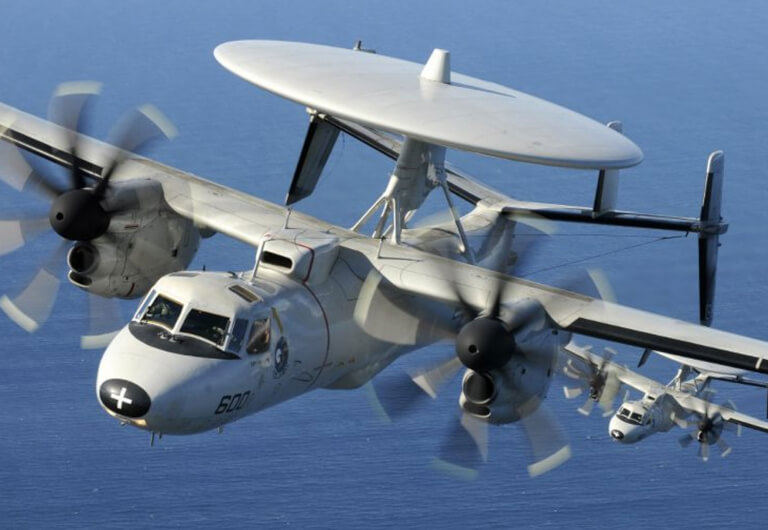
Radar works so well when detecting things in the air for two reasons. First, there shouldn’t be anything in the air. If you get a return on the radar, it’s an indication that there’s something in the sky. You won’t know what it is, because radar doesn’t do imaging, but every little return you get is meaningful. It’s sort of like how at nighttime every star is some celestial body of interest.

A missed opportunity for star photography? You decide.
Every little blip on radar is something that should be investigated, and objects moving at high speeds forwards or away from the radar will shift the wavelength, which tells you how fast they are moving towards or away from you.

In contrast, point a radar at the ground and you’ll get every point of your radar telling you that they’ve found something. And that thing is… the ground.

Pointing a radar at the ground is entirely useless, which is why even our full of shit military bureaucracies don’t even pretend that it can do anything. That leaves just infrared and visual cameras, along with the pilots eyeballs.

Except that the cameras can’t magically see anything without zooming in. I’ve covered this before, but there is no magical way to see a huge amount of things in high detail by zooming in. If we zoom in 100x, we see 1/100th the area compared to if we simply moved closer. This is true for infrared light just as much as visual light.

Released UAV footage, notice the tiny area being viewed.
High altitude aircraft can’t find shit. They can only do surveillance of things that have already been found, like buildings, construction sites, parking lots, and slow moving vehicles, provided that there are none of these wispy fuckers in the way.

Pictured: High tech satellite shielding technology.
So why don’t we just fly our fighters close to the ground then? Unfortunately, lots of different reasons. To start, have you ever looked at the road right beside the highway as you drive past? Appears to move pretty quick, doesn’t it. This is the view of the ground when you’re flying by at just 420 kmph.
Keep in mind that our fighters can pull about 3G’s of lift at these speeds. This should be considered lower than the bare minimum speeds we can reasonably fly at, and we could still say goodbye to any sort of kinematic performance against missiles or AAA.
Above is a video of a Eurofighter Typhoon flying by the ground at altitudes of around 250 feet, varying slightly, and speeds of around 800 kmph, the speed at which these planes are actually maneuverable. Imagine how hard it would be to find, well literally anything, but let’s say some infantry taking cover from fire behind something. Or even just literally standing in a field wearing camo not even trying to hide.
Switching to actual warfare, good luck figure out WTF is going on in the above footage of some US Soldiers getting extracted with a helicopter while the Taliban fire at them. I mean, assuming you’re flying by at 800 kmph. For another example, take a look at this real life footage from Afghanistan. This footage starts after the US soldiers were engaged in an ambush. Ambushes, I might add, being less likely if you have overhead scouting in the form of a piston prop airplane.
Notice in both examples the huge amounts of dust and other particulate matter that obscures everyone’s vision. Not to mention the general confusion of everybody there. And this is Afghanistan, not a full on serious war, which I say meaning no disrespect to the many who died over there.
Although I did mention the much tighter turning radius of higher lift/speed planes, I think it’s better to see this for yourself. Above is a video of an F-22 in airshow configuration, which means completely clean with a tiny amount of onboard fuel, making a turn. Notice how long this takes. Also note that in actual fighting configuration, this would be much worse.
In contrast here’s some STOL plane very similar in looks to the Zenith CH-701. I’ve started the video from the right moment. Notice how fast this guy turns the plane around, and how tight the turning radius is. And he’s not even doing some high G aerobatics. That’s just how they turn.
Even if we ignore that fighter planes can’t actually find anything on the ground, imagine the sheer annoying impracticality of doing multiple attack runs in a fighter plane, any fighter plane, where you are aiming for these infantry or ground vehicles that you may only be able to find for a brief moment in time before they move back behind cover, or what have you. Imagine how annoying it would be to take 20 second to turn around as opposed to 2. To say nothing of the extreme danger such a long turn puts you in.
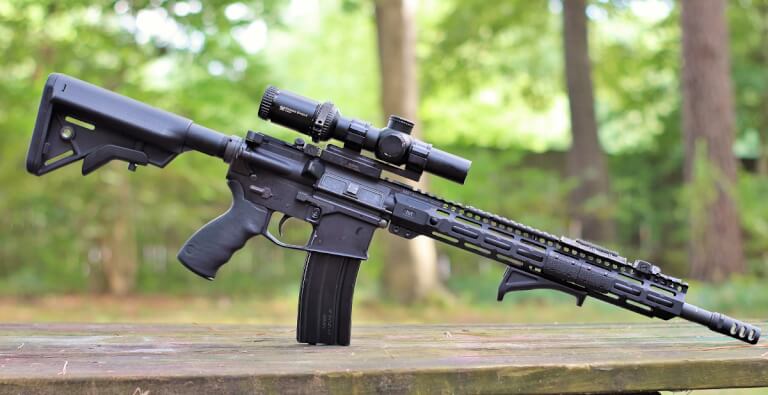
Everybody on the battlefield can destroy your fighter simply by pointing their rifles at it and squeezing the trigger. It makes absolutely no sense to armour a fighter, since the excess weight is simply decreased performance. In air to air combat you’re supposed to not be getting hit in the first place.
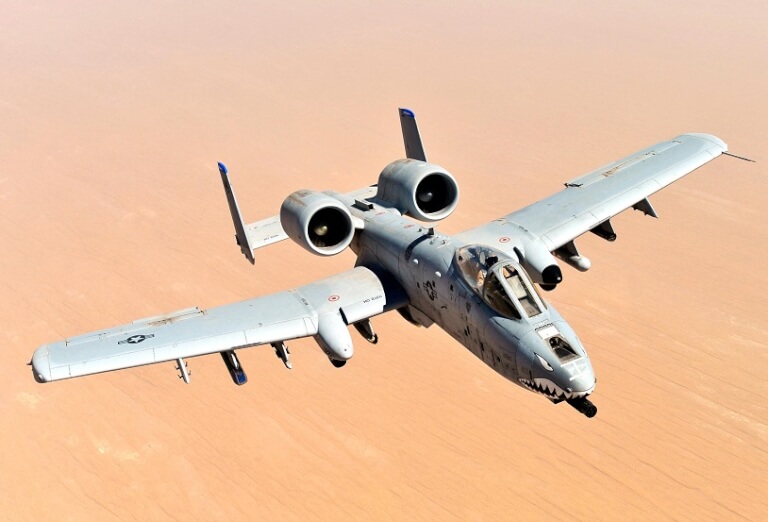
I’ve said some mean things about the A-10, mostly due to it being blimped up by the parasitical USAF bureaucracy in order to carry enough firepower to murder an entire aircraft carrier battlegroup along with most of the humpback whale population in the Northern Hemisphere. Having said that, there are also a lot of very sensible design decisions that are orthogonal to that. Semi-retracted landing gear, backup fly by wire, a thick, straight wing, and an armoured cockpit come to mind.
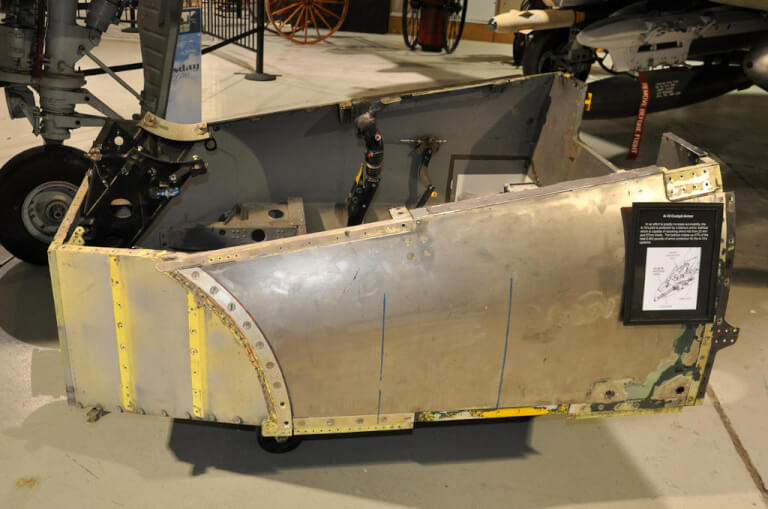
1,200 lbs of armour. Justifiable on a CAS plane, utterly unjustifiable on a fighter.
Even if our fighters could somehow, magically, be just as good on a second to second basis as actual CAS planes, their turbojet designs give them abysmal endurance. As I stated earlier, their thousands of pounds of onboard fuel lasts about an hour, maybe two in efficient cruise. Add on that these princesses need to be staged from pristine airbases, and you can suck up 30 minutes of their flight simply getting to and from the location at a bare minimum.
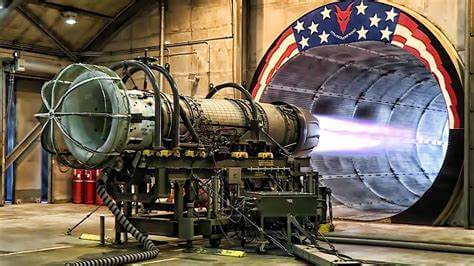
That leaves a nice solid 30 minutes, if we’re lucky, of them patrolling overhead. Although really, it’s not like that matters, since they can’t find anything for us anyway.
But even if they were magically just as good in all respects, but still consumed way more fuel per hour, once again I remind you that all militaries are limited by fuel. To get this 30 minutes of fighters patrolling overhead not accomplishing anything, that’ll be another 25,000 lbs of our precious fuel supply magicked into nothing.

There are things that make CAS planes, and especially AAR planes good, that are fundamentally incompatible with a fighter. We want an extremely high lift/speed ratio for excellent low speed performance in all respects. We want excellent endurance, preferably to the point where we can already have a plane overhead, or at least in the area ready to respond. We want low fuel consumption overall, so we can justify having them in the area before they are needed. We want armour, since it’s getting shot at. We need to make them out of steel, since the carbon fiber composites are too fragile to bullets, and can’t be patched up in the field. We want fixed landing gear, or Warthog-esque semi-recessed landing gear for emergency landings.
We also, for the CAS planes, want a far bigger cannon than is justified shooting at aircraft. We want the guns/cannons for a ground recon and attack plane to be pointing downwards slightly, fighters want the opposite.
We don’t care about carrying the same kind of missiles, nor do we have the same drag considerations, so we’re going to have a different amount of a different type of hardpoints. We’re going to have a different tail design. I mean the list goes on.

We also want low IR signature engines, really tough landing gear, maybe a small cargo bay in the back for utility…
So how do you think Lockheed Martin and the rest go about achieving these contradictory design requirements? When looking for that great lift/speed ratio, do they give the fighter a different wing design, maybe going with a straight wing? Do they hang some medium bypass turbofans on the wings, so it at least has some fuel efficiency compared to a fighter, if not a real prop plane? When dealing with the plane getting shot at during low altitude flying, do they strategically patch up some metal on the underside of the plane, so it at least has something?

I don’t want to waste any more of your time. The list of compromises that they could make to get a plane that sucks at being a fighter and also sucks at doing CAS/AAR is long. They literally don’t do any of that. Instead, when “adding CAS capabilities,” they play a little game called:
Let’s not and say we did.

All these planes do for “Close Air Support,” is drop 1,000+ lbs bombs five kilometers away from where the troops are and then call it a day. That’s it. They “do” CAS by totally redefining CAS from “Close Air Support,” to “the worlds most expensive and also shitty form of artillery.”

They make up for not actually doing the thing by pushing bullshit about “muh proliferation,” and inventing buzzwords like “modern IADS,” and “sixth gen battlezone.” If pressed, they focus on complete and utter non-sequiturs like “our GPS guided bombs have an accuracy of within 3 meters, 90% of the time,” that have nothing to do with anything.
Muh magic bloodseeking x-ray sensor package enables hot new force multipliers in the modern seventh generation warfare by applying intelligence in the EM spectrum through sensor fusion.

In fairness, they do have this great technological breakthrough known as “bribing politicians,” which they do constantly. High altitude planes can’t find shit. They just can’t. So the only possible use these plane have is as glorified bomb trucks, merely transporting explosives from one area to another.

Instead of flying to low altitudes at low speeds, being in the area for potentially over 5 hours or so, making good sense of what’s going on, they instead fly by overhead dropping bombs off at some designated GPS location from 35,000 feet.

Bombs which have almost 1,800 feet lethal fragmentation radius, meaning that even if they were teleported perfectly on top of the enemy troops foreheads, they would still be killing our own troops as well, most of the time.

None of this makes any sense from a military perspective. We could build a cheap, lightly armoured AAR plane similar to the OV-10 Bronco that would consume less than 2,500 lbs of fuel in over 5 hours, can actually do recon and light attack, and can be staged near the troops. Or we can use a fighter plane that uses 25,000 lbs of fuel in a single hour so that it can… drop some bombs on a designated target. Essentially a glorified cruise missile.

Once again, if you look at this from the perspective of military efficacy, it makes no sense whatsoever. If you look at this from the perspective of a parasitical complex of bureaucrats and corporations, it makes perfect sense. There is no way to make any serious profits off of actual close air support, let alone a light armed recon plane. As I have stated before, the performance characteristics that we need from a low altitude CAS or especially AAR plane, such as steel construction, efficient prop or at least high bypass turbofan engines, and “dumb” munitions, also make the planes cheap. There’s no room for bullshit fake “high tech,” nonsense that supposedly justifies a price tag utterly divorced from manufacturing costs.

Instead of a cheap, rugged, but ultimately useful plane that flies low enough, and slow enough to find hard to find things on the ground in conjunction with the ground forces, we have the world’s most expensive and underperforming artillery.

Underperforming only from the perspective of actually accomplishing serious military goals while minimizing resource costs, such as fuel. From the perspective of putting money in the pockets of Raytheon, General Dynamics, Lockheed Martin, Boeing, Northrop Grumman and the rest, it makes perfect sense. “Smart,” GPS guided bombs, now there’s some real moneymakers. Here, let me quantify that for you.
Unit costs have since increased to $21,000 in 2004 and $27,000 by 2011.[8]
That’s just the tiny little GPS antenna, the fins that need to provide a tiny amount of course correction, and ultra low power CPU capable of calculating said course correction based on estimated velocity. Bomb not included.
Now let’s take a look at those laser seekers.
On June 11, 2007, Boeing announced that it had been awarded a $28 million contract by the U.S. Air Force to deliver 600 laser seekers (400 to the Air Force and 200 to the Navy) by June 2009.

Laser seeker.
So that little thing right there. That’s $46,667 US in 2007 dollars. With the rate of inflation, that could well be more than $100,000 today. Bomb not included.

Do you see why they hate, with a passion, any plane that fires “dumb,” munitions? The costs of bullets are well known. If you put some M2’s into a recon plane, they can’t just pretend that 50 cal ammunition suddenly costs 10x more now than it did yesterday. That stuff has existed for over one hundred years now, we know how much it costs.

The same is true for some 70mm rockets. We know how much those cost. They’re not new, they’re not fancy. It doesn’t make any sense to put GPS guided munitions, or even laser guided munitions, onto a plane that is flying 300 ft above the ground. You literally just aim the plane and press the trigger.
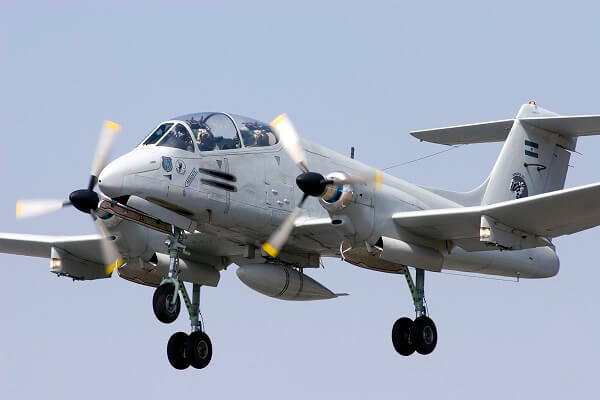
And once again, you need to be flying close to the ground to actually find things.
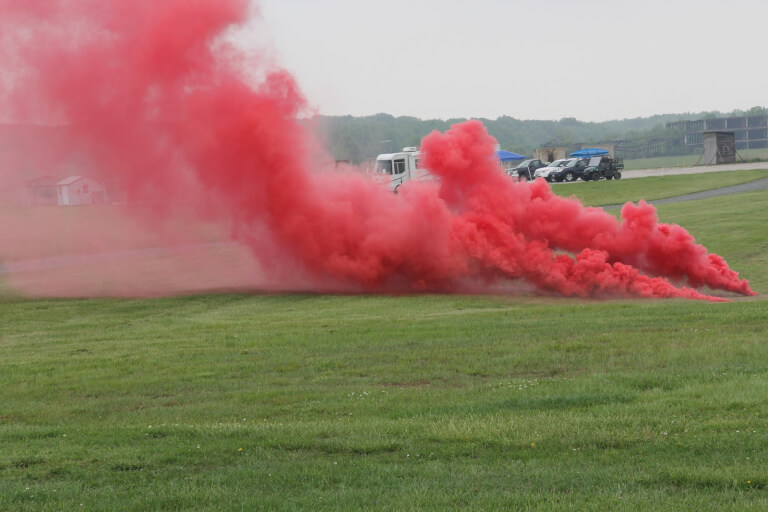
As a brief aside, the OV-10 Broncos were used for a number of different roles in Vietnam. One of which was controlling artillery. They would go scout out the area, and fire some rockets that would release coloured smoke that the artillerymen could see. Then they would putter around in the area for potentially hours essentially directing the artillery crews.

Imagine doing that in a fighter plane. Imagine needing an aerial refueling just so you can pretend to know that the artillery crews are hitting or missing the targets. Imagine using GPS guided missiles with coloured smoke to mark the spots that you think should be shelled, which you have no way of actually knowing because you can’t actually scout the ground. You might laugh, but we’ve got an exclusive picture of Raytheon’s CEO hearing about this idea for the first time.

I did say earlier that Lockheed Martin, Boeing, and the rest don’t actually make any compromises to make their “fighters,” capable of actually doing CAS. But there is at least one plane that I know of that is sort of a hybrid of the two.
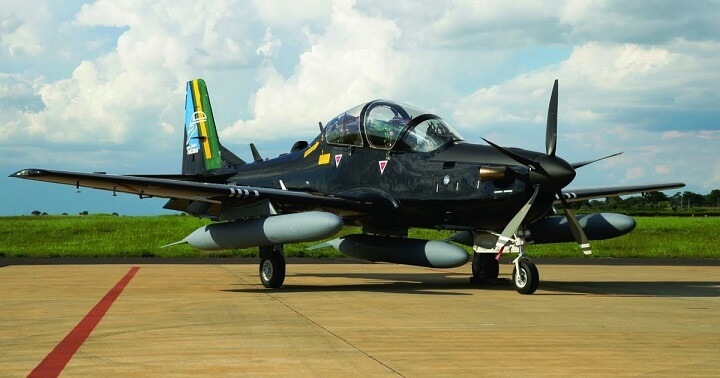
A-29 Super Tocano.
The Super Tocano was created to essentially serve as a baby fighter plane, but for the drug war. The goal was to have a relatively fast, such as 500 kmph, cruising plane that was fairly agile, that could hunt down Pablo in his drug smuggling Cessna 172 in South America, in combination with what is essentially a police operated AWACS. It’s like the fighter plane for cops.
While it has a valid police purpose, it doesn’t really have a valid military purpose. As a CAS plane it’s not nearly rugged enough, doesn’t have great endurance, only a single engine, very little firepower, and poor lift/speed. It’s far better than a jet fighter, but not really good enough. As a fighter plane it’s way too slow to fight actual jet fighters, and too slow to catch up to AWACS, some cargo planes, etcetera. In fairness, it can hunt down helicopters pretty well, but so can a CAS plane, and since endurance is really all that’s needed for that, the CAS plane is actually better in that sort of Air Janitor type role.
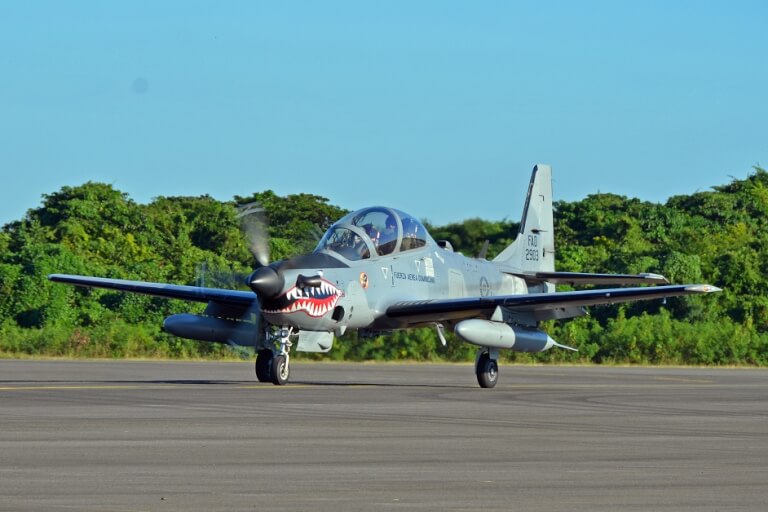
The Super Tocano is what an actual hybrid fighter/CAS plane would look like, and it sucks. It doesn’t have particularly acceptable performance at either. They also use it as a bomb truck, and it sucks at that as well. The relatively sleek design is wasted, since they’re constantly hanging things from it, including external fuel tanks, which the thing almost always flies with.
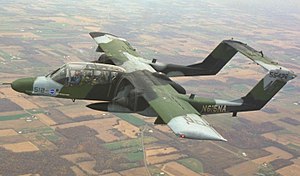
Apparently AAR and CAS planes are multi-role now, since they can also hunt down and kill helicopters other transports.
Aviation is not new. Military aviation is also not new. When you hear buzzwords like “multirole,” you should know that that either means “we’re just going to pretend that this plane can do x but LOL it really can’t,” or it means “this plane sucks at a lot of different things, because it turns out you can’t make one plane with multiple contradictory design requirements.” This is because, to the extent that a certain aircraft design is capable of actually doing multiple things, they stop being called multiple roles.

You know what one of the best ways of finding surface ships is? Using aircraft. There are a lot of valid aircraft that can do this job, with various pluses and minuses, but one of the most productive kind is this.
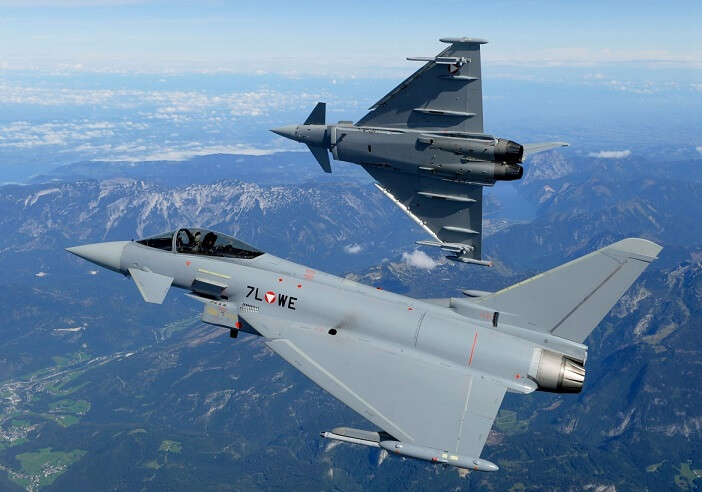
That’s right, it’s a fighter plane. The performance that makes them good at fighting other fighters, high speed, great turning ability at high speeds, and great ability to retain speed while turning, makes them excellent when scouting for enemy surface ships. You don’t need to fly at 100 feet above the ground to find the tiny, well camoflaged aircraft carrier, because there is no such thing. And unlike the ground, there is no hiding behind hills when over the open ocean, so low altitude aircraft are more exposed. Yes, the curvature of the earth still hides them, but you can’t just suddenly pop up over the treeline in the middle of the Atlantic.

On top of that, if you actually manage to find the target, there’s a good chance they’ve got their own jet fighters on hand to attack you, as well as surface to air missiles. So there is a clear and obvious benefit to being in the type of plane best able to deal with that by design.
Do you know why nobody refers to using air superiority fighters in the secondary role as naval scouts? It’s because they can actually do both roles. The same plane does both. So while it is multi-role, it isn’t MultiRole! in the same way that racial differences in IQ is science, but it isn’t Science!.

Getting a fighter plane to do naval recon makes a lot of sense. Using a fighter plane to LARP at CAS is like getting a cargo plane to do air superiority or getting a bomber to be a troop transport helicopters. There is no actual justification for it. To the extent that they would actually have to make compromises to the aircraft it would cripple the design for everything. To the extent that they just LARP like they can do it, they can’t actually do it. But, once again, the goal is not to actually do the thing, the goal is to destroy the cheap, barely profitable aircraft that can actually do the thing and put money in the pockets of the Military Industrial Complex.
I’m showing you this video again because I think it’s important. CAS and AAR planes save the lives of our soldiers, but they don’t put money in the pockets of generals who want seven figure “consultation,” gigs with Lockheed Martin after they retire at age 43. Remember that if you ever hear that low altitude aircraft spontaneously combust in the “9th generation battlezone,” due to the “proliferation,” of shitty infantry MANPADS with “Situational Awareness,” provided by “electronic warfare,” and “Integrated Air Defense Systems”. Also remember that the US lost 10,000 aircraft in Vietnam.
Low altitude aircraft are not perfectly survivable, and that’s totally irrelevant. The only way this would maybe be relevant is if our infantry suddenly turn into videogame style supersoldiers with infinite lives. If the infantry 10 feet below these planes are chilling on hammocks sipping pineapple juice and listening to Metallica while these planes all start spontaneously combusting due to muh Integrated Air Defense System, then fine, I guess we’ll build something else.
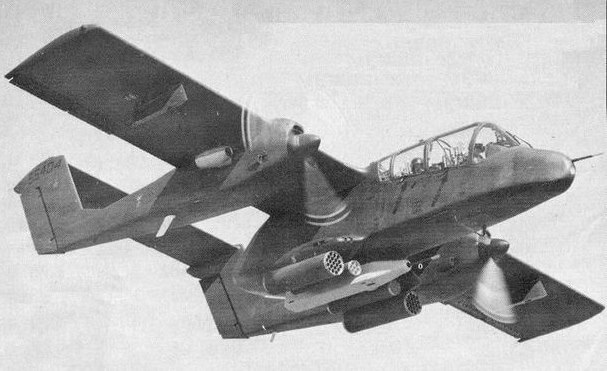
Fighter planes can’t find anything on the ground. They don’t have the tight turning and lift/speed ratios to fly slow enough to find and attack things. They don’t have close to the endurance to stay overhead as needed, let alone be overhead before being needed. They aren’t armoured or rugged in any way. But in exchange for utterly failing at doing CAS, they use five times the fuel of a CAS plane five times faster, and fifty times the fuel of an AAR plane.

But next time is where this series gets real spicy. We’re going to be dealing with some biblical levels of butthurt as I finally tackle the one thing they are supposedly ELITE MACHINES in, tactical air superiority. We’re getting balls deep into the actual performance of the Air to Air Missiles that they carry on board, as well as the performance of the planes themselves. This isn’t quite drone levels of mismatch between propaganda and reality, but there’s going to be a lot of punctured hype.

Get ready.
















The other thing that large amounts of relatively slow planes would require is large amounts of young white men trained as pilots, and white men working good jobs in factories…
We know who doesn’t want any of that!
Something that flies low and slow, turns on a dime, with a short take off? And equipped with light weaponry? Hmmmmmmm if only we already had something like that. I think it starts with “heli” and ends with “copter” but I don’t remember the specifics.
These things would be bullet magenets lol.
I’ve talked ad naseum about the limitations with helicopters. Slow, fragile, noisy, with terrible climb rates, maintenance and fuel requirements.